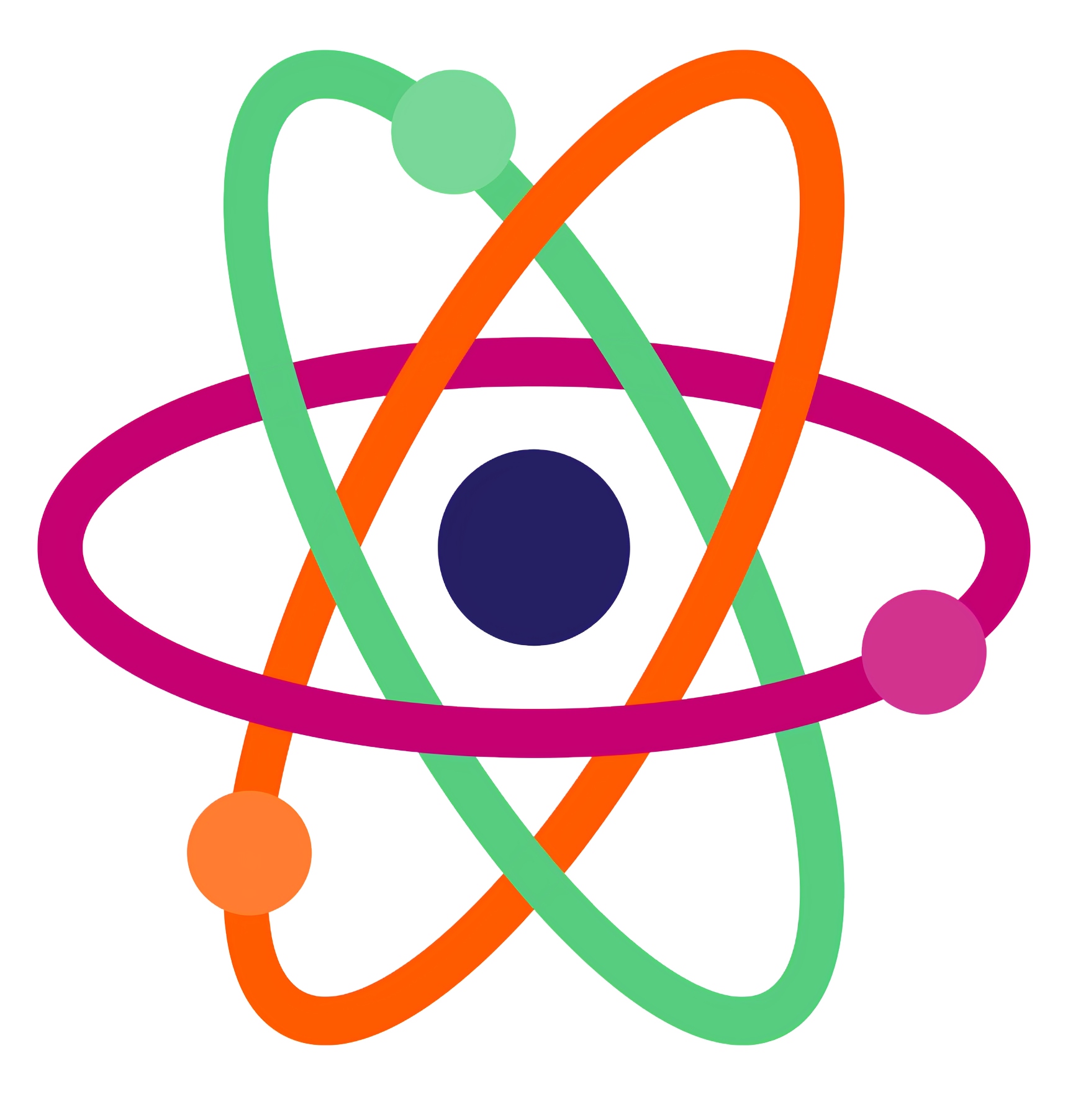Section A: Basic Understanding (Q1–30)
1. What is a tsunami?
A. A type of fish
B. A big wave caused by underwater events
C. A rainstorm
D. A swimming style
Answer: B
2. Where do tsunamis usually happen?
A. In the mountains
B. In deserts
C. In the ocean
D. In the sky
Answer: C
3. What causes most tsunamis?
A. Rainfall
B. Earthquakes under the ocean
C. Wind
D. Tides
Answer: B
4. What does the word “tsunami” mean?
A. Ocean wave
B. Giant wave
C. Harbor wave
D. Water wave
Answer: C
5. How do earthquakes cause tsunamis?
A. By cooling the ocean
B. By creating wind
C. By shaking the ocean floor
D. By raining on the sea
Answer: C
6. What happens to the water when a tsunami is forming?
A. It becomes dry
B. It gets colder
C. It moves a lot all at once
D. It freezes
Answer: C
7. Which of these can also cause tsunamis?
A. Fire
B. Landslides
C. Sunlight
D. Snowfall
Answer: B
8. How can volcanoes cause tsunamis?
A. By making wind
B. By pushing water when they erupt
C. By creating clouds
D. By freezing the sea
Answer: B
9. Where are tsunamis the fastest?
A. On land
B. In the mountains
C. In the deep ocean
D. Near rivers
Answer: C
10. How fast can tsunamis travel?
A. As fast as a snail
B. As fast as a car
C. As fast as a person walking
D. As fast as a rocket
Answer: B
11. What happens when tsunamis reach shallow water?
A. They go away
B. They become slow and tall
C. They freeze
D. They disappear
Answer: B
12. What is a tsunami train?
A. A train that runs on water
B. A group of tsunami waves
C. A toy
D. A storm
Answer: B
13. Which wave in a tsunami train can be the biggest?
A. First
B. Second or third
C. Only the last
D. Only the first
Answer: B
14. Why are tsunamis stronger than normal waves?
A. They look bigger
B. They push only surface water
C. They move all the water
D. They are made by wind
Answer: C
15. What can a tsunami do when it hits land?
A. Cool the ground
B. Flood streets and carry things away
C. Make snow
D. Plant trees
Answer: B
16. Which Indian places are near beaches and can get tsunamis?
A. Delhi and Punjab
B. Chennai and Kerala
C. Rajasthan and Madhya Pradesh
D. Bihar and Jharkhand
Answer: B
17. When did a big tsunami hit parts of India?
A. 1999
B. 2004
C. 2012
D. 2020
Answer: B
18. What should you do if the sea water suddenly goes back?
A. Swim into the ocean
B. Run to a high place
C. Take pictures
D. Build a sandcastle
Answer: B
19. What should you do if you hear a tsunami warning?
A. Go to the beach
B. Follow adult instructions
C. Sleep
D. Hide in a car
Answer: B
20. What is a safe place during a tsunami?
A. The beach
B. A hill or tall building
C. The ocean
D. A playground
Answer: B
21. Should you go to see a tsunami?
A. Yes
B. No
C. Only with friends
D. Only during daytime
Answer: B
22. What is a tsunami drill?
A. A tool
B. A practice to stay safe
C. A kind of ship
D. A cooking method
Answer: B
23. Who helps us stay safe from tsunamis?
A. Farmers
B. Scientists
C. Drivers
D. Builders
Answer: B
24. What do ocean sensors do?
A. Make sounds
B. Send tsunami warnings
C. Catch fish
D. Light up the ocean
Answer: B
25. What do earthquake detectors detect?
A. Rain
B. Clouds
C. Ground shaking
D. Birds flying
Answer: C
26. What do scientists build near the sea?
A. Sand castles
B. Tall trees
C. Strong walls and houses
D. Swimming pools
Answer: C
27. Where in India are children taught about tsunamis?
A. Tamil Nadu
B. Haryana
C. Goa
D. Assam
Answer: A
28. What should you NOT do during a tsunami warning?
A. Go to high ground
B. Follow adult instructions
C. Go to the beach
D. Stay alert
Answer: C
29. What should you do during a tsunami drill?
A. Sleep
B. Run away
C. Pay attention
D. Play games
Answer: C
30. Why do we learn about tsunamis?
A. To swim better
B. To play games
C. To stay safe
D. To build sandcastles
Answer: C
